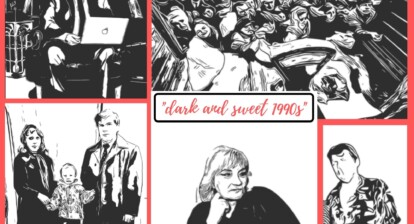Author: Fanny Jonsson
Country: Sweden
Competition Topic: “(E) MIGRATION – Emigration and immigration in a local perspective” (2011/2013)
Research Title: “From Ravensbrück to Kristianstad.” (2013)
Fanny has been learning a lot about WWII in school. So much, in fact, that she believes it has made her and many others feel numb about the topic. In order to fight that numbness, she decided to look at the fate of prisoners of Ravensbrück Women’s Concentration Camp.
Ever since she was a child, her grandma has been telling her about three women who stayed with her family after WWII. All of the three women were survivors of the concentration camp Ravensbrück in Germany. They came to Norway, Sweden, and Denmark by way of the white busses that the Red Cross organised. One of the cities in Sweden that took refugees was Kristianstad, Fanny’s hometown.
Fanny: “In the newspapers the Red Cross called out for help from families, and many were willing to help, one of those families was my grandmother’s. Her family took care of three women for a summer. They helped them to get on with their life and to found missing family members. My grandmother told me so much about these women that gave me a better view of the suffering the women experienced than from any book.”

“FREE AGAIN.
800 freed Germans have arrived in Trelleborg with the Red Cross leased ships “Lille Matheissen” and “Magdalena”. On the picture you see French women come ashore and the picture on the bottom to the right Frenchmen at the railing”
Through her grandmother stories, Funny got a better view of the suffering the women experienced than from any book. Fanny interviewed her grandmother, read a lot of testimonies of prisoners and of people who drove the busses, and looked at original articles from the local newspaper “Kristianstadbladet”. Fanny: The most interesting source I got my hands on were original articles from “Kristianstadbladet”. I got the opportunity to browse their archive and take copies. I never thought I would be as moved by this as I came to be. I sat with the books and cried while reading. I cried while writing. And I cry when I read the essay again. But that is to me a good sign. Because it means I finally stopped being numbed which was my biggest goal.”
Fanny Jonsson’s paper was among the 10 best in the Swedish history competition 2012/2013. The topic was “(E) MIGRATION – Emigration and immigration in a local perspective”.






chmjr2
A wonderful post.